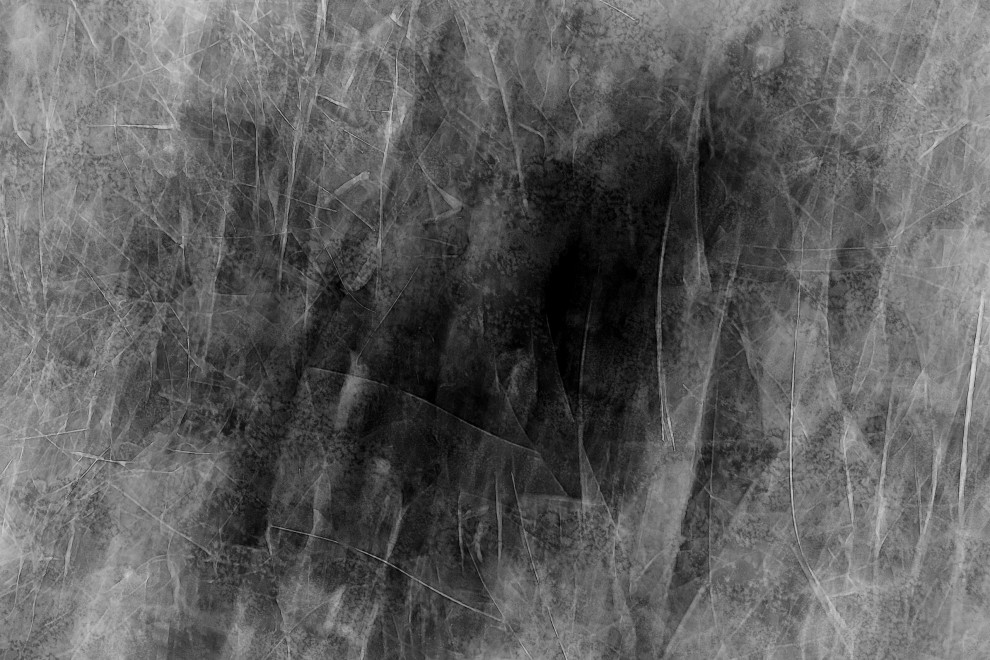Beyond the Blur: Finding Art in the Intentional Camera Movement

Intentional Camera Movement (ICM) photography. The name itself hints at a certain mystique, a dance between control and chance. It’s a technique that’s captured the imagination of countless photographers, and rightly so. The results can be mesmerizing: landscapes dissolving into ethereal washes of color, cityscapes morphing into dynamic streaks of light. But as a fine art photographer, I often find myself pondering a crucial question: does the allure of the effect overshadow the pursuit of true art?
Let's be clear: ICM is a powerful tool. It allows us to break free from the constraints of literal representation, to paint with light and motion, to capture the ephemeral essence of a moment. It's a gateway into abstraction, a way to explore the world beyond the sharp focus of conventional photography. And that’s precisely where the challenge, and the opportunity, lies.
Many photographers are drawn to ICM for its immediate gratification. The swirling blurs, the unexpected textures – they offer a shortcut to creating visually striking images. It’s easy to get caught up in the how – the specific camera settings, the precise movement – and lose sight of the why. We become technicians, mastering the mechanics of ICM, but neglecting the deeper artistic considerations that separate a photograph from a work of art.
And here's where a word of caution is warranted. The ease with which visually appealing ICM images can be created can be seductive. It's tempting to fall into the trap of relying on the effect itself, rather than honing the underlying artistic vision. I've seen photographers become so enamored with the blur that they lose sight of the fundamental principles of composition, light, and storytelling. They become "ICM photographers," defined by a technique, rather than "artists" who use ICM as one tool among many. This can be a dangerous path, leading to a body of work that, while visually pleasing, lacks depth, originality, and lasting impact. It's crucial to remember that ICM is a technique, not a genre. It's a brushstroke, not the entire painting.
Fine art, in its truest form, is about more than just technique. It’s about intention. It’s about vision. It's about using the medium to express something meaningful, something that resonates with the viewer on an emotional level. It's not enough to simply create a beautiful blur. We must ask ourselves: what am I trying to say? What story am I trying to tell?
For me, ICM is not an end in itself, but a means to an end. It's a way to translate my inner vision into a tangible form. I don't just move the camera; I sculpt the light, I orchestrate the chaos, I imbue the image with my own unique perspective. I strive to go beyond the surface, to capture not just the visual appearance of a scene, but its underlying energy, its emotional resonance.
This is where the true potential of ICM lies – not in the mastery of the technique, but in its application as a tool for artistic expression. It's about pushing beyond the familiar effects, experimenting with new approaches, and developing a personal visual language. It's about imbuing our images with intention, emotion, and originality.
So, I invite you, fellow photographers, to look beyond the blur. Don't just capture the movement; capture the meaning. Don't just create an image; create a work of art. Embrace the challenge, explore the possibilities, and discover your own unique voice within the dynamic world of Intentional Camera Movement. Let the technique serve the art, not the other way around. And let your images speak not just of motion, but of the heart and soul behind the lens.
